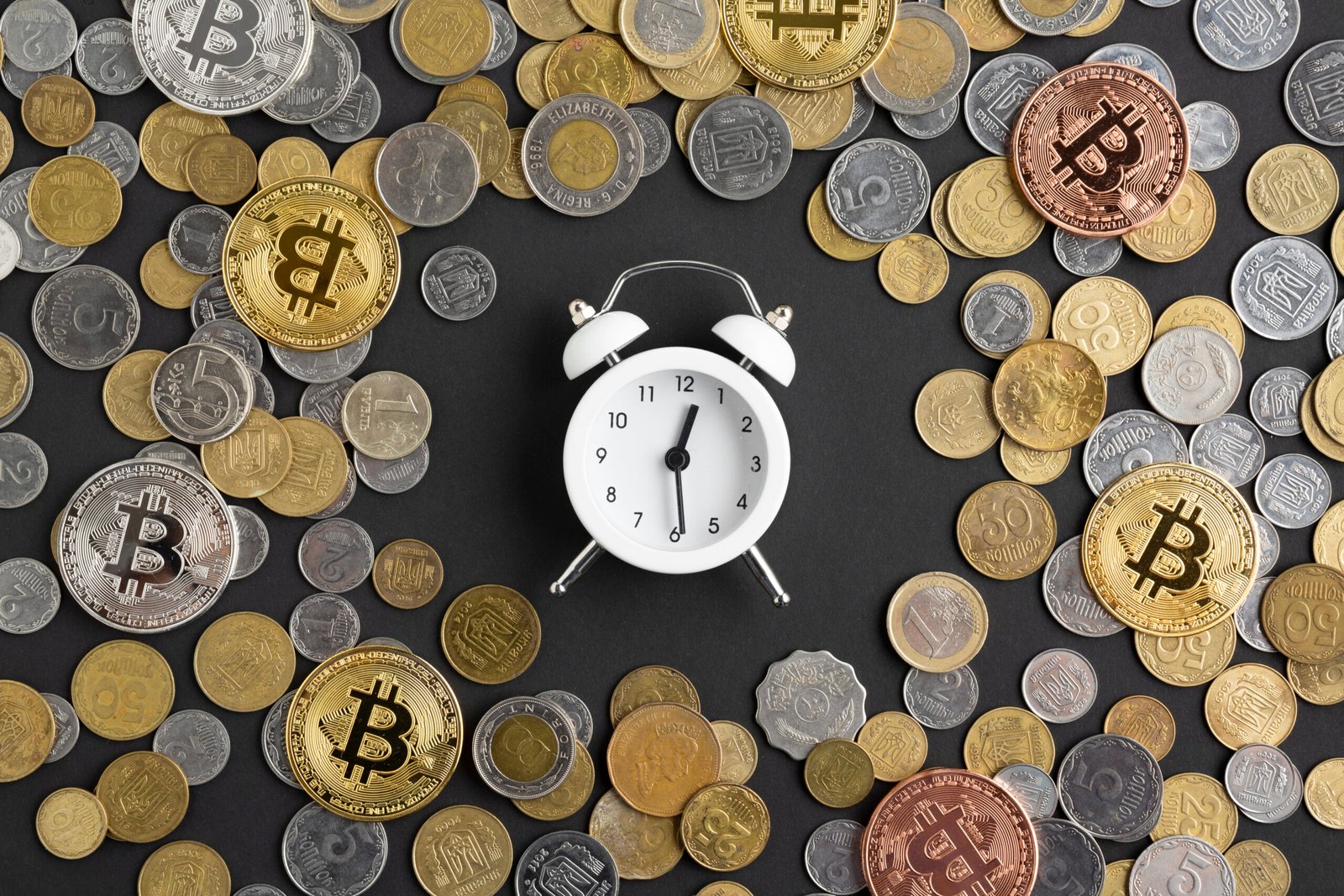Unraveling Data Transfer Speeds: All About Bits Per Second

In current digital age, data is continuously being transferred whether your activity is emailing, viewing movies online, or surfing the web. Ever found yourself wondering, “How is all this data transferred, and how is the speed of transfer measured? The unit of bits per second (BPS), which is essential to comprehending digital communication, holds the answer.
This essay delves into the meaning of BPS, its function in technology, its background, and how it impacts your digital life on a daily basis. By the conclusion, you will have a firm grasp on the reasons behind BPS’s central role in our digital world and its ongoing influence on emerging technologies..
What Exactly Is BPS and Why Should You Care?
The speed at which data moves across a network between two devices is measured in bits per second (BPS). It measures the quantity of bits—the smallest data unit—transmitted in a second.
Why should you care about BPS? Simply put, this rate determines:
- How quickly websites load.
- How fast you can download files.
- The overall quality of experiences like video calls and streaming.
BPS is essentially the language of digital speed. Whether your level of knowledge of technology is casual or that of a network engineer, knowing its importance will enable you make better choices on the tools you apply.
Bits vs. Bytes: A Fundamental Breakdown
Clarifying the difference between bits and bytes is essential before diving further into BPS—a common cause of ambiguity.
- Bits (binary digits):
- Showed as 1s and 0s, they are the constituents of digital data.
- A single bit could represent something as basic as “yes” (1) or “no” (0).
Bytes: - With eight bits, a byte encodes more complicated information—that of a character in text, say “A” or “z.”
- For instance, a 1,000 character text file is probably around 1,000 bytes—or 8,000 bits.
When measuring data transfer speeds, remember that: - Bps stands for bits per second.
- Not confused with MBps (megabytes per second), ISP speeds typically utilize Mbps (megabits per second).
Knowing this difference guarantees that you evaluate online speeds and data plans with knowledge.
BPS: The Backbone of Your Digital World
Imagine browsing the web or streaming your favorite movie—it all hinges on BPS.
- Internet Speeds:
- Often expressed in Mbps, your internet speed shows the bits your connection can move in a second.
- Higher BPS = Faster websites, downloads, and smoother streaming.
- File Transfers:
- Large file uploads or downloads perform faster on high-BPS networks.
- For a 100 Mbps connection, for instance, a normal 1GB file takes far less time to move.
- Data Transmission:
- From emails to cloud synchronization, BPS is a key metric that defines how efficiently data moves through networks.
Modern conveniences such real-time communication, online gaming, and e-commerce couldn’t exist without BPS..
How Far Have We Come? A Journey Through Data Speeds
The story of BPS is one of technological innovation. Let’s revisit key milestones in its history:
- 1960s-1970s:
- Early dial-up modems ran at three hundred BPS.
1980s: - Improved modern technologies provide rates up to 56 Kbps (kilobits per second).
- 1990s-2000s:
- DSL and cable internet transformed data transport with rates above 1 Mbps.
- 2010s-Present:
- Enabled seamless 4K streaming and rapid cloud storage by drastically increasing speeds to gigabit levels (1 Gbps = 1 billion BPS), fibre optic internet and 5G networks enabled.
BPS is a necessary component of technical development since our increasing dependence on speed and efficiency reflected in its evolution.
BPS and Baud Rate: What Sets Them Apart?
When discussing data speed, many people confuse BPS with baud rate. While they are related, the two represent different measurements.
Baud Rate:
- Refers to the number of signal changes or symbols transmitted per second.
- Each signal change may represent one or more bits of data.
BPS (Bits Per Second):
- Measures the actual amount of data (in bits) transmitted per second.
Example:
- A system with a baud rate of 2400 may transfer 2400 bits per second if each signal represents one bit. However, if each signal carries two bits, the transfer rate doubles to 4800 BPS.
Understanding this distinction is crucial for network engineers and communication professionals when optimizing data transfer methods.
From Dial-Up to 5G: What BPS Means for You
Today’s technologies rely on vastly different BPS rates, depending on their purpose. Here’s how various technologies stack up:
| Technology | Typical BPS Rate |
|---|---|
| Dial-Up Internet | Up to 56 Kbps |
| DSL | 1-100 Mbps |
| Cable Internet | 100 Mbps – 1 Gbps |
| Fiber Optic | 1-10 Gbps |
| 4G Mobile | 100 Mbps |
| 5G Mobile | Up to 10 Gbps |
The rapid growth of BPS in technologies like 5G and fiber optics enables faster data transfer for everyday activities, from video streaming to enterprise-level cloud computing.
The Speed Hurdles: What Slows Down Your BPS?
BPS performance isn’t always consistent. Several factors can hinder your data speed:
- Network Congestion:
- Traffic spikes during peak hours can overload networks, reducing speeds.
- Hardware Limitations:
- Outdated routers, modems, or network cables may bottleneck your connection.
- Signal Interference:
- Physical obstacles (walls) or competing signals (Wi-Fi interference) can slow your connection.
- Distance from the Source:
- The farther you are from a signal source, like a Wi-Fi router, the lower your BPS may be.
Recognizing these factors can help you troubleshoot speed issues and optimize your network for smoother performance.
Beyond 5G: What’s Next for Data Transfer Speeds?
The future of BPS is promising, with advancements pushing data transfer speeds further:
- 6G Networks:
- Expected to achieve up to 1 Tbps (terabits per second), enabling near-instantaneous connectivity.
- Quantum Communications:
- While still in early stages, quantum computing promises breakthroughs in ultra-high-speed secure data transfer.
- IoT (Internet of Things):
- Higher BPS ensures seamless connectivity for billions of connected IoT devices worldwide.
The rise of technologies like Wi-Fi 7 and edge computing will continue pushing BPS boundaries, reshaping industries and digital experiences.
BPS in Action: How Does It Impact Your Digital Life?
Real-world applications of BPS highlight its importance:
- Streaming Services:
- Platforms like Netflix rely on high BPS to deliver HD and 4K content without buffering.
- Online Gaming:
- Low latency and high BPS are crucial for smooth gaming experiences.
- Enterprise Data Centers:
- Large-scale data centers depend on ultra-fast BPS to handle immense data loads efficiently.
From individual users to global corporations, BPS finds relevance in nearly every aspect of modern digital communication.
Final Thoughts on BPS
A basic but effective idea capturing the pulse of digital communication is bits per second (BPS). From social media to corporate networks, this device guarantees flawless data flow, running everything.
Appreciating its history, uses, and future tendencies not only demystizes how technology works but also helps you to make wise choices about the products and services you use. Stay inquisitive, keep learning, and see as BPS transforms the digital sphere.


